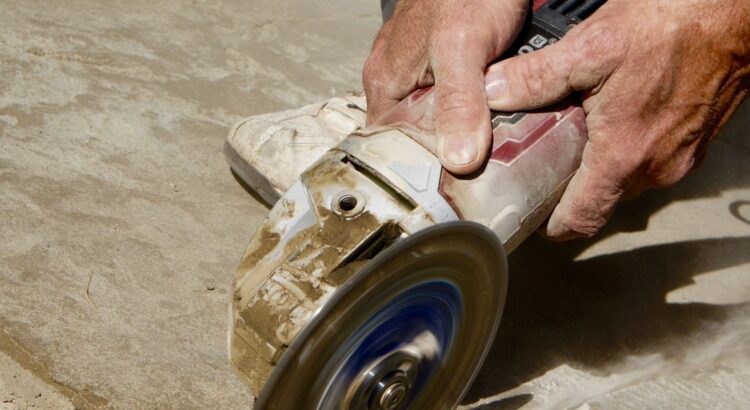Whether you’re just starting as a homeowner or you’re an experienced builder, there are some excellent reasons to have your concrete leveled. These benefits include the creation of a super flat floor and a long-lasting alternative to self-leveling. Whether you’re repairing your driveway or sidewalk, concrete leveling is a cheap, effective way to lift your concrete. It’s a good solution for uneven concrete surfaces with cracks and sags. It’s a great way to avoid having to replace the slab. Replacing a concrete slab can cost a lot of money. The cost of removing and replacing the slab depends on size, the price of replacement, and the type of concrete. Fortunately, concrete leveling is less expensive than replacing the slab. A concrete leveling kit is an affordable option that can be used on small, damaged concrete cracks. It’s made of a polyurethane or epoxy mixture that can be applied using a caulking gun. It’s also eco-friendly. Polyurethane concrete raising is an innovative process that is only becoming more common in residential applications.
Whether you are building a new home or renovating an existing one, concrete leveling can help you solve problems with concrete slabs that are sagging. When soil settles under the concrete slab, it can leave voids that cause the concrete to sink or crack. A concrete leveling contractor injects expanding polyurethane foam into the voids under the slab. The foam expands, pushing the concrete back up to its original height. Concrete leveling can be a cost-effective solution for concrete that is sagging. Typically, the process costs about 25% to 50% less than concrete replacement. It is also a less invasive method than mud jacking. Mud jacking is a traditional method for lifting and leveling concrete slabs. It involves injecting a natural sand slurry mix into voids under failing concrete. PolyLevel is a two-part polyurethane formula that has expanding properties. The contractor controls the injection process to ensure that the foam has the right amount of slab-raising action. PolyLevel also addresses the underlying soil conditions.
Creating super flat floors requires several specialized construction techniques. These techniques include laser leveling, infrared detection, and ultrasonic leveling. They are used to achieve level floors and to meet specific flatness standards. Super flat floors have become famous for their performance and safety benefits. They are installed in warehouses, production halls, gymnasiums, ice rinks, and airports. They are also renowned for their low cost. But, they do require special equipment and mechanics to install. Super flat floors are built to tighter tolerances than regular floor slabs and are designed for heavy wheel traffic and support lift trucks. They are commonly used in production halls, television studios, and airports. They also allow for faster operations and lower maintenance costs.
Self-leveling concrete in your home is a great way to repair cracked and uneven floors. This method is often better than replacing a whole slab of concrete. There are two types of self-leveling concrete: water-based and acrylic. Water-based self-leveling concrete has a shorter drying time but is more flexible than the acrylic version. Self-leveling concrete is also easier to use than traditional concrete. Its strong and durable properties make it ideal for garages, basements, and other structural areas. It is also inexpensive. Most self-leveling mixes do not include a primer. But, a primer is essential to ensure that your concrete finishes look their best. A primer also seals holes and cracks in your concrete. Self-leveling concrete is easy to work with, but it must be used with the correct consistency. If it is too thin, it won’t level itself. It should also be spread evenly across the floor.
